New Bluetooth Low Energy Advancements with Blecon: Hardware Pioneers Max 2024
The Hardware Pioneers 2024 event showcased groundbreaking advancements in IoT connectivity, bringing together industry leaders and innovators to discuss the future of embedded systems. This year's event focused heavily on the latest technologies designed to enhance connectivity and efficiency in IoT applications.
One of the standout presentations was from Blecon, a company that is pushing the boundaries of IoT connectivity with their novel use of Bluetooth Low Energy (BLE). By leveraging the low power consumption and cost-effectiveness of BLE, Blecon is offering a transformative solution for connecting physical products to cloud applications. This innovative approach has the potential to significantly impact various industries by providing a more efficient and scalable connectivity option.
Overview of Blecon's Bluetooth Low Energy Solution
Traditional connectivity solutions like Wi-Fi and cellular networks often come with significant limitations. Wi-Fi, while ubiquitous, can be power-hungry and expensive to deploy extensively. Cellular networks, on the other hand, involve high operational costs and complexity in managing network infrastructure. These challenges can hinder the scalability and efficiency of IoT deployments.
Blecon addresses these limitations by utilizing Bluetooth Low Energy (BLE) as a viable alternative for IoT connectivity. BLE is known for its low power consumption, making it ideal for devices that need to operate for extended periods without frequent battery replacements or recharges. Additionally, BLE is cost-effective due to its widespread adoption and the economies of scale associated with Bluetooth technology.
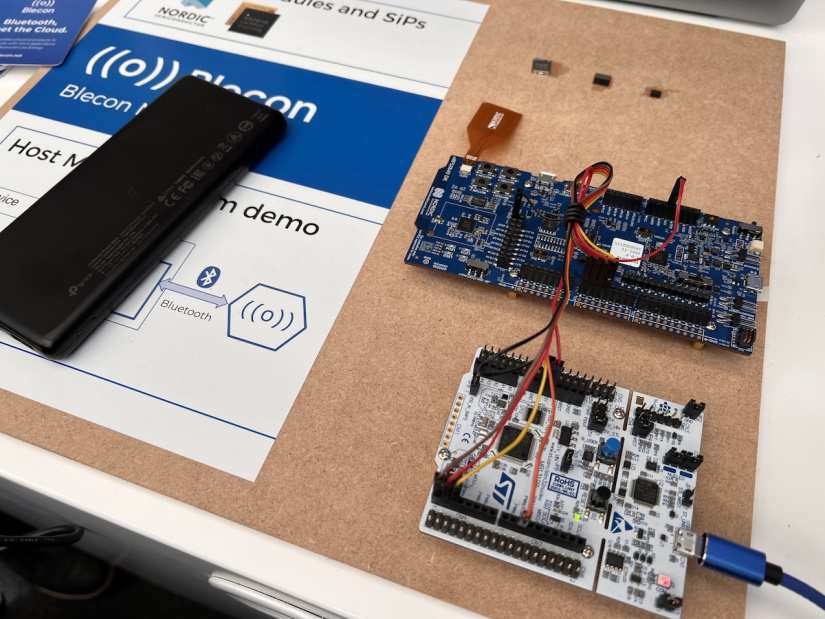
By harnessing the benefits of BLE, Blecon offers a solution that not only reduces operational costs but also simplifies the deployment process. The global adoption of BLE means that it is supported in virtually all modern smartphones, tablets, and laptops, making it a versatile and accessible option for IoT applications. This approach allows for seamless integration of physical products with cloud applications, paving the way for innovative and efficient IoT solutions.
Detailed Explanation of the Blecon Technology
Bluetooth Low Energy (BLE) can be utilized as a backhaul network in a manner similar to cellular or Wi-Fi networks. Traditionally, BLE has been used for short-range communication between devices, such as pairing a smartphone with a peripheral. However, Blecon has re-engineered this technology to function as a robust backhaul network, capable of securely transmitting data from IoT devices to cloud applications.
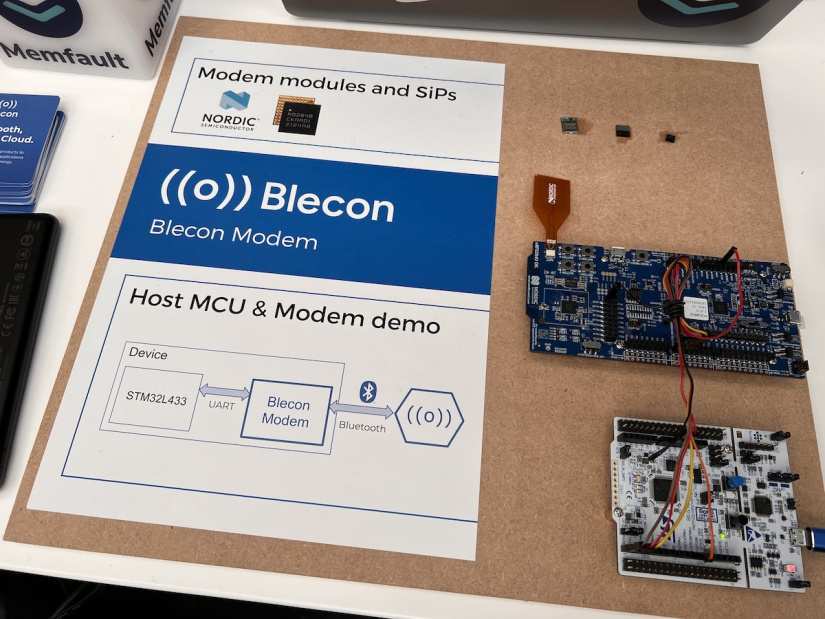
A key architectural change implemented by Blecon involves making BLE devices act as clients instead of servers. In conventional BLE setups, devices typically act as servers, communicating with a central hub or smartphone. Blecon's approach flips this model, enabling BLE devices to initiate communication with backend servers. This client-based architecture allows for more dynamic and scalable network configurations.
Security is a paramount concern in IoT deployments, and Blecon ensures robust protection through the generation of public-private key pairs. When a BLE device is first powered up and configured, it creates a unique public-private key pair that serves as its secure identity. This key pair is used to establish encrypted connections with backend servers, ensuring that data transmission remains secure and tamper-proof. This method eliminates the need for traditional pairing processes and provides a higher level of security, similar to that found in cellular networks.
Practical Applications and Deployment of Blecon
Bluetooth Low Energy (BLE) offers versatile applications across various environments, significantly enhancing IoT connectivity. In warehouses, BLE can be used to track inventory and monitor environmental conditions, providing real-time data to management systems. Construction sites can benefit from BLE by monitoring equipment usage, ensuring safety compliance, and tracking the movement of materials and personnel. These applications highlight the flexibility and utility of BLE in diverse operational settings.
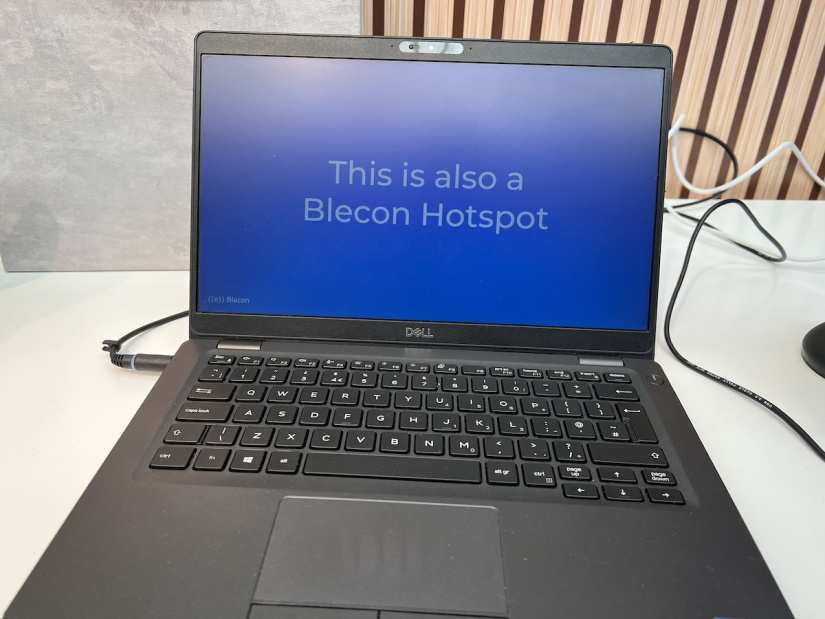
One of the major advantages of Blecon's solution is the ability to use existing devices such as smartphones, tablets, and laptops as BLE hotspots. This flexibility allows businesses to leverage their current technology infrastructure, reducing the need for additional hardware investments. By simply installing Blecon's app, these devices can serve as access points for BLE-enabled IoT devices, facilitating seamless data transmission to cloud applications.
From a cost perspective, the deployment of BLE solutions is highly economical. The widespread availability and low cost of BLE chips make it an affordable option for IoT projects. Additionally, the ease of deployment—using existing devices as hotspots—further reduces setup costs and complexity. Businesses can quickly implement BLE networks without the need for extensive infrastructure changes, enabling faster rollouts and immediate benefits. This cost-efficiency, combined with the robust functionality of BLE, makes it an attractive choice for companies looking to enhance their IoT capabilities.
Benefits of BLE for IoT Projects
Bluetooth Low Energy (BLE) stands out for its exceptional energy efficiency, especially when compared to traditional connectivity solutions like Wi-Fi. Wi-Fi, while powerful, consumes significant amounts of power, making it less ideal for battery-operated IoT devices. BLE, on the other hand, is designed for low power consumption, enabling devices to operate for extended periods on minimal energy. This energy efficiency is crucial for IoT applications where long battery life is essential.
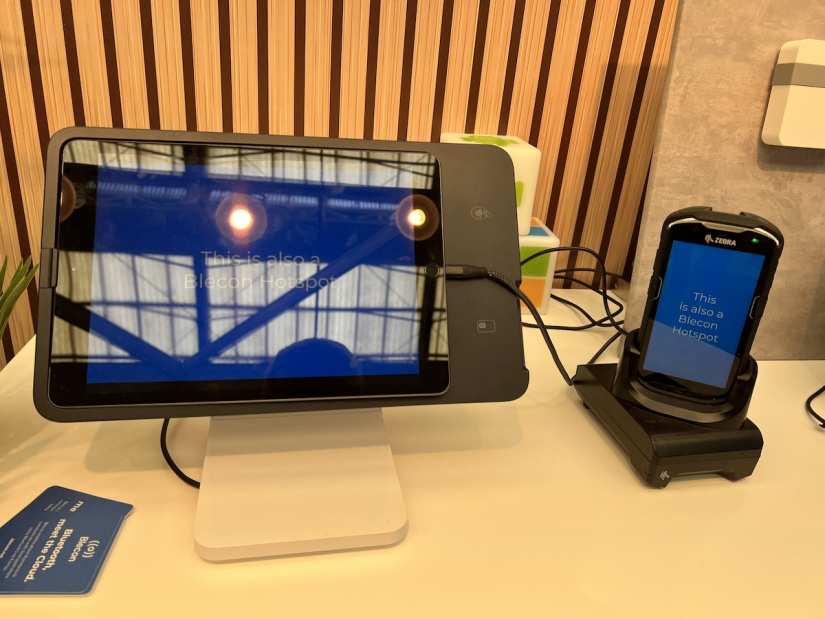
One of the notable advantages of BLE is its roaming capabilities. BLE devices can store data and transmit it when they come into the range of a network. This feature is particularly useful in environments where continuous network coverage is not guaranteed. For example, a BLE-enabled sensor in a warehouse can collect data throughout the day and transmit it once it comes within range of a BLE hotspot, ensuring that no information is lost.
The potential for energy conservation with BLE extends across various applications. In smart homes, BLE can be used to control lighting, heating, and security systems efficiently, reducing overall energy consumption. In industrial settings, BLE can monitor machinery and environmental conditions with minimal power usage, contributing to more sustainable operations. By leveraging BLE's low power requirements, businesses can achieve significant energy savings while maintaining high levels of connectivity and data accuracy.
Blecon Security and Data Management
Bluetooth Low Energy (BLE) manages data transmission securely without the traditional need for pairing, which is a common requirement in conventional Bluetooth applications. Instead, BLE devices generate a unique public-private key pair during their initial setup. This key pair is used to establish encrypted connections directly with backend servers, ensuring that data transmission remains secure and protected from unauthorized access.

The use of public-private key pairs offers several advantages for secure and efficient data communication. Firstly, it eliminates the vulnerabilities associated with traditional pairing processes, which often rely on user interaction and can be susceptible to interception. By automating the creation and use of cryptographic keys, BLE ensures that each device maintains a unique and secure identity, facilitating safe data exchanges with cloud applications.
Compared to traditional Wi-Fi and cellular security measures, BLE provides a streamlined and robust alternative. Wi-Fi security typically involves managing passwords and network access controls, which can be complex and prone to human error. Cellular networks rely on SIM cards and centralized authentication systems, which, while secure, can be expensive and cumbersome to manage. BLE's approach simplifies these processes by embedding security directly into the device's firmware, providing a higher level of protection with less complexity.
Real-World Examples and Case Studies using Blecon
Bluetooth Low Energy (BLE) technology has proven its effectiveness across various industry settings through numerous real-world applications. In the logistics industry, BLE is used to track and monitor the movement of goods within warehouses. For instance, BLE-enabled tags attached to pallets and containers provide real-time location data, improving inventory management and reducing losses.
In healthcare, BLE is enhancing patient monitoring and asset tracking. Hospitals use BLE beacons to monitor the location of medical equipment and ensure it is readily available when needed. Additionally, BLE sensors can track patient vital signs and send alerts to medical staff if any irregularities are detected, enhancing patient care and safety.
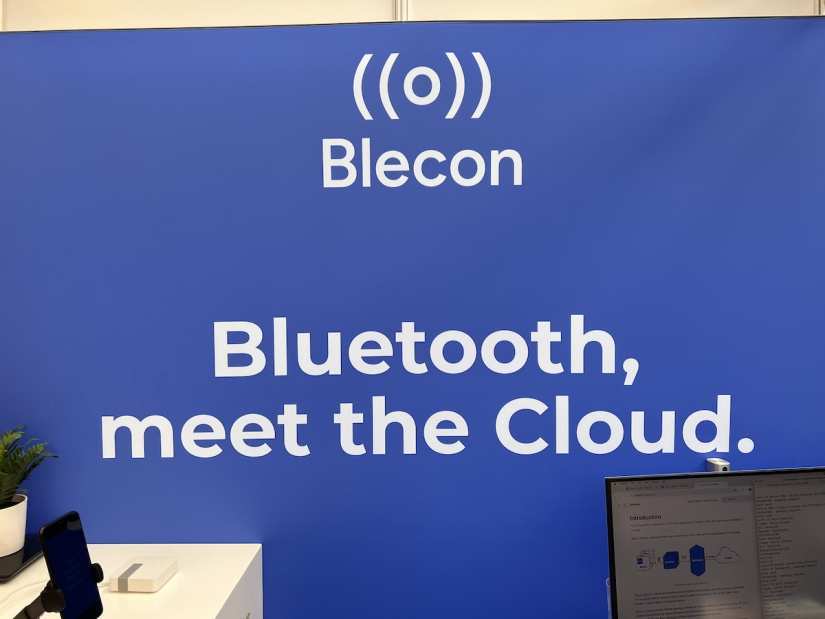
One notable success story comes from a large retail chain that implemented BLE technology to optimize its supply chain operations. By deploying BLE tags on shipments and using existing smartphones and tablets as hotspots, the company significantly improved its inventory accuracy and reduced stock discrepancies. This implementation not only streamlined operations but also led to substantial cost savings.
Another example is in the construction industry, where BLE is used to monitor equipment usage and worker safety. BLE-enabled devices track the location and status of machinery, ensuring that equipment is used efficiently and safely. This technology helps prevent unauthorized use and reduces the risk of accidents on construction sites.
Insights from companies already using BLE technology highlight its transformative impact. Businesses report enhanced operational efficiency, better asset management, and reduced operational costs. The flexibility and scalability of BLE make it an ideal choice for a wide range of IoT applications, from small-scale deployments to large industrial operations.
Blecon - Final thoughts
In summary, the Hardware Pioneers 2024 event highlighted the significant advancements in IoT connectivity, with a particular focus on Bluetooth Low Energy (BLE) technology. We explored Blecon's innovative approach to using BLE as a backhaul network, its practical applications in various environments, and the benefits it offers in terms of energy efficiency, security, and cost-effectiveness.

The future prospects of BLE in IoT are promising, with the potential to transform numerous industries by providing a scalable and efficient connectivity solution. As more businesses recognize the advantages of BLE, we can expect to see wider adoption and innovative applications that leverage its low power consumption and robust security features.
We invite readers to explore more about Blecon’s solutions and consider trialing their technology. By visiting Blecon's website, you can download firmware images, set up your own BLE network, and discover how BLE can enhance your IoT projects. Blecon's team is also available to discuss specific project needs and provide detailed guidance on implementing their solutions.













































Leave your feedback...